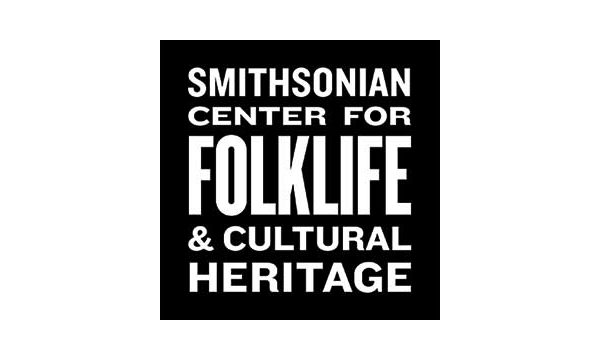
Hello! January 13th we will be meeting with a variety of employees from the Smithsonian Center for Folklife and Cultural Heritage Center.
First, let me start by introducing what the Smithsonian Center for Folklife and Cultural Heritage Center is; it’s a large organization with many parts that help to further educate society about culture through the common goal of reinforcing shared humanity. Their mission statement includes a variety of explanations on how they engage with culture. Some of which “produces the Smithsonian Folklife Festival, Smithsonian Folkways Recordings, Cultural Sustainability initiatives, exhibitions, documentary films and videos, symposia, publications, and educational materials.” (mission statement page)
This organization has an annual festival every year that’s held at The National Mall in D. C. The event takes place for two weeks, with each day paying attribute to a specific geographic location or theme. One of the few organizations that have an annual event, that receives attention from over 40 million viewers and readers with help of the media; and the organization’s publications.
Let’s talk about the history of this organization! It was started in 1967 to help educate others about culture and identity. The first festival showcased a variety of American artists among Russian, Scottish, and Irish dancers, and Puerto Rican Music; that’s just some of whom performed and attended the festival. Over the years the festival has grown to strive to be more diverse and equitable. Showcasing more than just skilled performers but also skilled craftsmen, workers, artists and so much more to further engage audiences in cultural conversations and education to create a more informed society.
Nowadays, with the pandemic preventing a lot of the events from happening, many organizations have found their way around this by having digital access. But what about past events, produce the Smithsonian Folklife Festival’s past events are viewable too on their website. Not only are you able to just read what had occurred, you able to learn specific information regarding the funding behind the events, themes, and important outtakes of what the event has accomplished. Along with a variety of video recordings from past events.
Further, their organizations’ website also provides information regarding the accessibility of the festival. Online accessible videos and information on events include subtitles and close captioning too.
Their website also includes a more recent project of the organization which is the 50 years, 50 objects project. It showcases 50 objects from the last 50 years of the festivals. Here’s a quote about the project, “The fifty selected objects were made by traditional artists from around the world during more than thirty Festival programs. Instead of presenting one object from each year, we looked for objects that tell a good Festival story. What added something can we learn about a particular object and its maker because of its Festival origins? It turns out quite a bit!”. Erin Younger, Exhibition Curator. His insight on the project perfectly describes the goals of the project, to simply showcase objects that tell a memorable story about an event at the festival. Whether, it be an instrument, craft, cooking utensil, or something you’ve likely never seen before. All of these objects are accessible online and completely free. That’s what I love the most about this organization, there’s loads of free content online available; ranging from videos, articles, digital images and so much more. These resources are great for teachers, parents, and everyone who needs a resource to learn about a specific culture or practice or just to explore.
There’s so much more I could mention since this organization has so much to offer, but I will leave it at that for now since I have a great amount of faith in the many professionals we will meet with tomorrow.
Let me briefly introduce them, firstly Sojin Kim is a curator at the Smithsonian Center for Folklife and Cultural Heritage. She studied at Brown University for her B. A. and UCLA for her M. A. and Ph.D. she was co-curator of the following Smithsonian Folklife Festival programs: D.C.: The Social Power of Music (2019), On the Move: Migration Across Generations (2017), Sounds of California (2016), and China: Tradition and the Art of Living (2014). We will also meet with Amalia Cordova who is the Supervisory Curator, World Cultures and
Latino Digital Curator of New Emerging Media. As well as, Meredith Holmgren who is the Curator of American women’s music and Executive committee member for Smithsonian music. Then, Greg Adams the Interim Archives Director. Lastly, Charlie Weber is the Media specialist Media director of Folklife, and Magazine editor.
To bring this to a close, I’d like to include the questions below that I plan on asking our guests:
Based on the question
“what brings us together at a time when so much pulls us apart?” This question comes from your 2019-2023 Strategic Plan.
How has your organization accomplished this, or how have you personally accomplished this in your work?
When thinking of democracy and the arts, what is the most valuable way that your institution can enforce these values?
Or– how do you in your work for the institution enforce these values?
In closing, I look forward to listening to all of our speakers; all will provide great insight into their careers and how they got there. We have so much to learn from them. I look forward to another engaging day.

Thank you, see you tomorrow!

